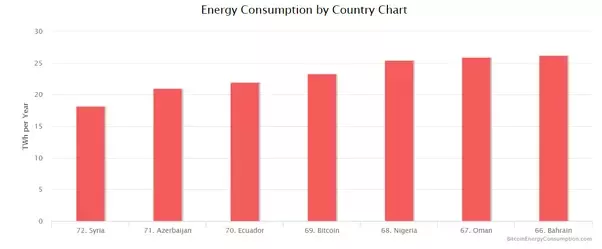Both Proof of Work (PoW) and Proof of Stake (PoS) is a Sybil-resistance system which works on a trustless and distributed BFT consensus system, meaning if you want to send and/or receive money (or any digital assets) from someone you don’t need to trust in third-party services (e.g. Visa, Mastercard, PayPal, banks). With Bitcoin and altcoins, everyone has a copy of the ledger (blockchain), so no one has to trust in third parties, because anyone can directly verify the information written.

Now coming to how these two (PoW and PoS) are different from one another?
Proof of Work(PoW)

Proof of Work (PoW) as the name suggests is the approval mechanism for the work that has happened and demonstrating it is right. Bitcoin and many Altcoins (coins other than Bitcoin) follow this mechanism to make sure the authenticity of the chain is optimal.
Let me explain this in the simplest way possible.
Assume you are in your classroom with other students (miners). Teacher asks a question (Problem). The rule here is whoever comes with a correct answer with complete proof of the answer (Steps) will get a reward (Proof of Work). Now, everyone starts competing for the right answer. Now, the point of consideration here is the Brain power (Computing Power used by the hardware) used in solving a problem. Tougher the problem, more the brain power will be used to find the answer, which will simultaneously consume energy (Electricity) from your body. I hope you get the idea.
Miners compete with each other to solve a problem. And, whoever does it at first will get the reward for solving the problem which in turn validates transactions and puts them into a block chronologically.
As each idea or approach may have its own advantages and drawbacks, PoW has its own drawback as mentioned below:
- Higher computing power. Higher the chances to mine. But, the mining hardware is very costly.
- Mining Bitcoins Is A Surprisingly Energy-Intensive Endeavor (Bitcoin at 69th position in energy consumption as compared to countries in the world).

- 51% attack (Highly unlikely but still not impossible). However, small proof of work-based networks are easier to hack because attackers can gain 51% of their computing power at a much lower cost.
- Many different coins are coming up with just as strong tech as Bitcoin. This creates a loyalty problem among miners since they will eventually want to jump ship.
- No tangible risk involved in the attack on the network. Only the risk of failure and credibility is there.
Proof of Stake(PoS)

Proof of Stake (PoS) is an alternate way of verifying and validating the transaction or block. In PoS-based mechanism, the creator of the next block is chosen via various combinations of random selection and wealth or age of coins also defined as stake.
Again, Simplest explanation is the best one.
Assume you (Block Creator) have $10,000 in your bank account (wallet). You chose to let that money (coins) stay in the bank account in order to generate interests (Block creation opportunity) on a regular basis. But the condition is the interest distribution will be done using a rule (PoS). The rules will be:
- Interest is chosen via various combinations of random selection and wealth of the account holder.
- Coin Age = the product of the number of coins (money in the account) times the number of days the coins have been held. Coins that have been unspent for at least 30 days begin competing for the interest generation (Block creation). Older and larger the sets of coins, the greater the probability to generate interest.
There won’t be a Block reward as in Proof of Work mechanism. Instead, miners (forgers in PoS) take the transaction fees.
Below mentioned are the advantages of PoS over PoW:
- No need for expensive hardware (a normal laptop or computer running the respective coin’s Validator client will do as long as your laptop or computer is online).
- Energy-efficient as it won’t consume high electricity as PoW does.
- As higher the stake the Validators have for a long time, more chances for the Validator to be picked up for “forging” and earn the transaction fee.
- Faster validations than PoW.
- A safer network as attacks become more expensive: if a hacker would like to buy 51% of the total number of coins, the market reacts by fast price appreciation.
- Unlike PoW, Attacking PoS comes at a very high risk of losing all your staked money. Any attempts to interrupt the forging network will result in the loss of the staked coins. (Tangible Risk)
It has downsides too. (As mentioned by Vitalik Buterin on a Reddit thread.)
- More complex to implement
- The weak subjectivity requirement (search for that phrase here)
- Removes the option of mining as a “one-way anonymous decentralized exchange” with which anyone can theoretically get coins to pay for a few transactions
- Can lead to increased stakeholder concentration
- Removes the option of mining as unpredictable leader election, which improves PoW protocols’ DoS resistance (that is: you don’t know who the next miner is until they make the block, so you can’t DoS them)
There are many ongoing developments in both PoW and PoS mechanism which will help solve the existing problems.
I hope you now completely understand the difference between PoW (Proof of Work) and PoS (Proof of Stake) mechanisms.
Peace!!✌